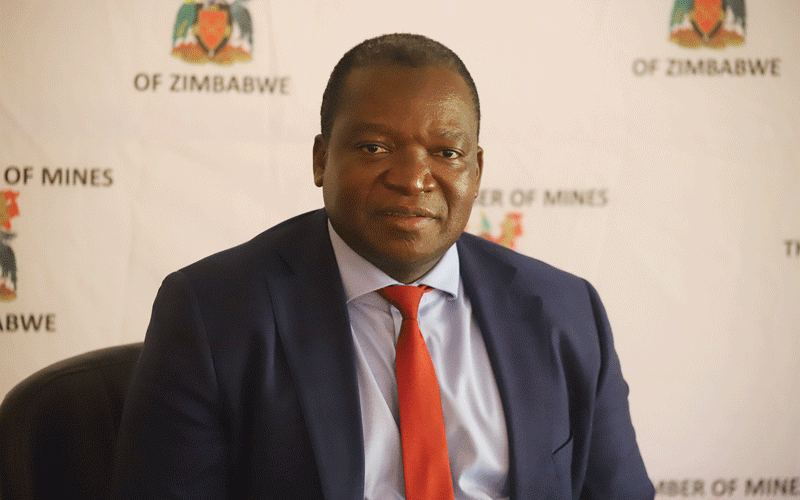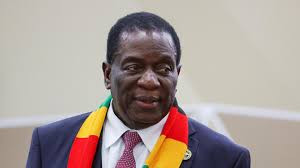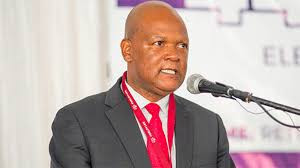Global debt refers to the total obligations owed by households, governments and corporations around the world. According to the Institute of International Finance (IIF), world debt grew by US$8,3 trillion in the first quarter of 2023 to reach US$304,9 trillion. The value is a staggering US$45 trillion higher than pre-pandemic levels.
Using International Monetary Fund (IMF) estimates of a US$105 trillion global GDP, a debt to GDP ratio of 290% is deduced from these numbers.
However, the IIF posits that world debt to GDP is around 335%.
This means the level of debt in the world has grown so much, so that, a year's worth of GDP is not enough to cover it. Instead, it will take three full years’ worth of GDP to settle current debt levels. Since debt is not practically addressed in that manner, the ratio is mostly used to deduce the nature and severity of the global debt burden.
The portion of government and corporate debt has been more concerning of late, as both have grown substantively higher than household debt, which has been rather conservative. The problem with a growing debt to GDP ratio is that, at some point, debtors will be unable to repay what they owe and this may trigger a global debt crisis.
Rising interest rates, inflation and geopolitical tensions are some of the key issues which can exacerbate the situation. For instance, through 2022, the European Central Bank and Federal Reserve Bank raised interest rates by an average of 3%. This average imputes the US rate increases of 3,8%. If 35% of the world's debt is on variable interest rates, that indicates an additional US$3 trillion in interest expenses, required to service debt around the world.
Keep Reading
- Village Rhapsody: How Zimbabwe can improve governance
- Village Rhapsody: Engage men to end gender-based violence
- Village Rhapsody: How Zimbabwe can improve governance
- Zim maize output to drops by 43%
Typically, fixed debt is refinanced.
Resultantly, due to the refinancing of the fixed debt component, it is expected that, over time, the US$3 trillion in additional payments will rise to around US$9 trillion.
Solutions to this problem include reduced lending by financial institutions, restructuring poorly performing enterprises so that they grow, earning more revenue by making debt more productive, writing down (reducing or cancelling) less productive debt and less spending or deficits, on the part of governments.
To achieve this; policy makers, society, financial institutions and corporations have to synergistically work towards reprogramming how the spending and credit systems and behaviours work. Besetting the growth in debt are challenges which include the fact that consumers actually need more credit, now than before, in this environment of high interest rates, inflation and unemployment.
Additionally, governments need to respond to climate change and create green energy solutions as the world's oil is running out.
High global inflation is also increasing the need for governments to intervene through more welfare programmes to ensure that citizens have enough food and energy to survive.
Ageing populations in some advanced economies, such as Japan, are also increasing pressures on welfare expenditure. Global public debt is reported to have reached US$92 trillion, which is around 92% of world GDP.
A look at advanced economies shows that they are not exempt from the heavy debt burdens. Japan, USA and Greece, make up countries with the highest government debt to GDP ratios in the world.
Nevertheless, since they have more capacity to repay, it is the middle-income and low-income countries, which are in the most distress. Achim Steiner of the United Nations Development Programme (UNDP), states that, there are already 50 low-income countries which are under watch by his organisation, that are expected to be in debt default, imminently.
In this regard, a "Common Framework for Debt Treatments", was created by the G20, in 2020. The objective is to handle the staggering public debts of low-income countries, which are likely to cause default, and trigger a debt crisis. Debtor countries participating in the initiative are also working with the IMF to execute reform programmes targeted at creating conditions for growth and removing inefficiencies in their economies.
The steps include low-income countries joining the initiative . . . communicating to all their bilateral, multilateral and private creditors to form a committee. This means the debtor country discloses all its loan commitments, fully.
When the committee is formed, negotiations begin, focused on the best way to reschedule or resolve the insurmountable debt.
Official and private creditors are then requested to offer matching or comparable relief. In this framework, creditors are encouraged to reduce some of the debt owed, provide a grace period — where repayment of principal is not made, or extend maturity timelines.
However, multilateral development banks, such as the World Bank, African Development Bank or Asian Development Bank are considered preferred creditors. By inference, they will get repayments ahead of other creditors and they do not have to write down any debt.
Contrastingly, private creditors are considered residual creditors, who will only have to match what bilateral creditors offer the indebted country, in terms of relief and restructuring. Ultimately, the debtor country's loans are resolved when all members of the creditors committee agree to the terms negotiated.
As a result of the segregation of creditors and need for consensus, the Common Framework has been characterised by extreme delays for the few debtor countries which have applied to participate.
These nations are; Chad, Zambia, Ethiopia and Ghana.
If it can be sped up or renovated in its design, the framework may find more success and applicants coming on board. The problem with delays in resolving debt in this programme are that interest will continue to accrue on unresolved debt, while the debtor country is participating in an IMF reform programme and awaiting IMF funds.
The funds are typically released only after all creditors agree to the terms of the debt restructuring. This can complicate and compound the debtor country's economic problems.
When debt eventually becomes impossible to repay, neither the debtor nor creditor win.
- Tutani is a political economy analyst. — tutanikevin@gmail.com.





